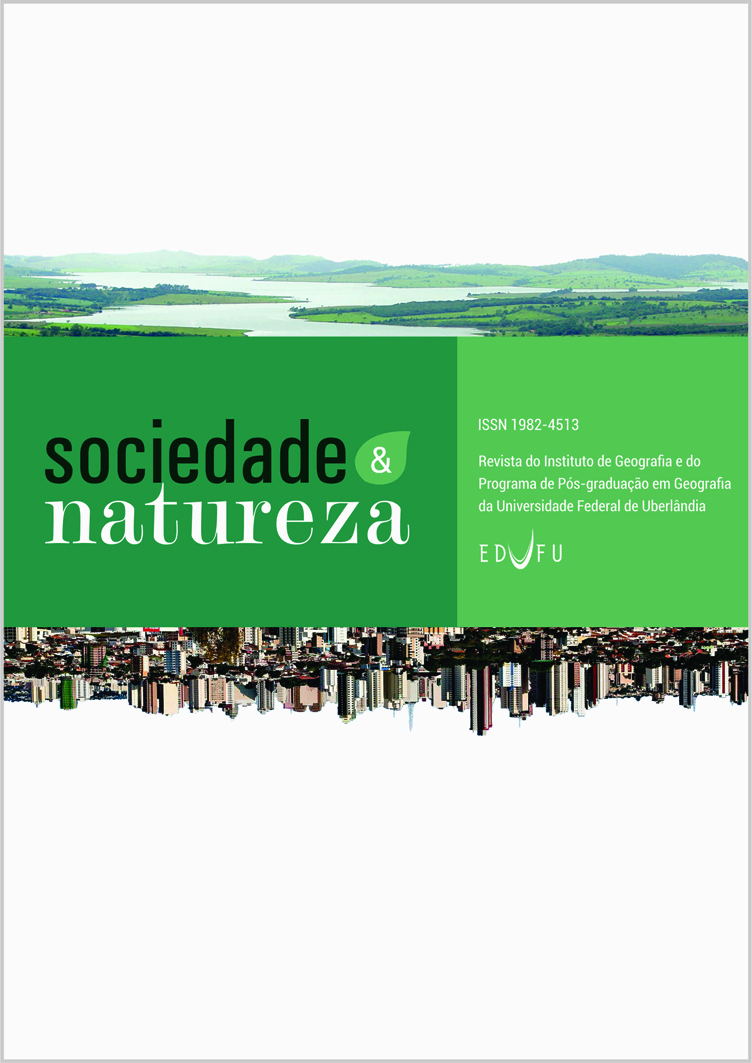Abstract
The aim of the present study was to compare three and faster sample evaluation, hence adding value to the microscopy tests. Mangroves, because they have high productivity, become attractive places for housing and the development of human activities, such as shrimp farming. However, this activity has generated major environmental impacts. Considering the importance and expressive fragility of mangroves, the objective of this study was to evaluate the impact of a marine shrimp production unit in the mangrove forest of the Rio das Conchas, Porto do Mangue, Rio Grande do Norte. The extent of the affected area was determined by means of remote sensing. Two scenes obtained by the LANDSAT 7 satellite, each composed of three spectral bands, were used. The scenes are representative of the years 1999 and 2003, which comprise, respectively, the previous period and after the installation of the shrimp farm. An on-site evaluation was also carried out to find traces that could be related to degradation, especially signs of soil degradation. According to the evaluation of the area occupied by mangrove vegetation by means of the remote sensing technique, a loss of 25 hectares of mangrove vegetation was verified between the periods of 1999 (prior to the installation of the project) and 2007 (year in which the tax assessment notice was drawn). This reduction reflects the implantation of the shrimp farming activity, associated to the discharge of effluents, originated from the same, as well as poor planning for the development of the activity in the place.
Authors hold the Copyright for articles published in this journal, and the journal holds the right for first publication. Because they appear in a public access journal, articles are licensed under Creative Commons Attribution (BY), which permits unrestricted use, distribution, and reproduction in any medium, provided the original work is properly cited.

